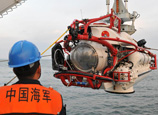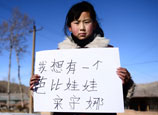
“Drug” is a terminology established by usage in Chinese. It refers to narcotics and drugs for mental sickness in foreign languages, and is different from the terminologies for toxic substances such as poison and toxicant. According to Article 2 of the Anti-drug Law of the People’s Republic of China, drugs as mentioned in this law refer to opium, heroin, methamphetamine (ice), morphine, marijuana, cocaine, and other addictive narcotics and drugs for mental sickness that are under the state's control. According to the definition of drugs by the World Health Organization (WHO), narcotics refer to the drugs that have psychological dependence potential, and may produce physical dependence (addiction) and psychic dependence due to abuse or unreasonable use. Psychotropic substances refer to the drugs that affect the central nervous system, makes people excited or suppressed, and have dependence potential due to abuse or unreasonable use.
Drug situation in Guizhou
In history, Guizhou has been the area harmed by drugs most seriously. Guizhou roughly experienced five periods during the ancient, contemporary and modern China: the opium-free period→period of opium abuse throughout Guizhou→period of severe disaster→period of opium prohibition and eradication→resurgence period.
















 Busiest line in Beijing: Subway line 10 has reached a daily transportation of 1 million passengers on average
Busiest line in Beijing: Subway line 10 has reached a daily transportation of 1 million passengers on average


![]()
